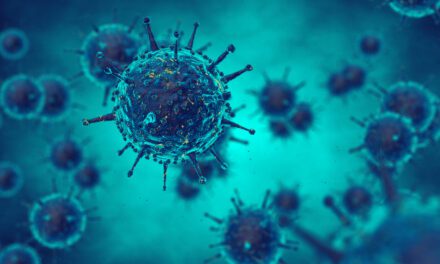As public health leaders worldwide scramble to contain COVID-19’s delta variant, researchers at Michigan State University know what can provide early signs of the virus and help with critical decisions—sewage. MSU is helping develop the Wastewater SARS-CoV-2 Public Health Environmental Response, or W-SPHERE, a global center for data and public health use cases on SARS-CoV-2 in wastewater. This online data repository and global map is now open for access and sharing across the globe.
W-SPHERE is part of the Global Water Pathogen Project (GWPP), a resource on pathogens supporting sanitation and safe water, including wastewater SARS-CoV-2 surveillance. The initiative also promotes quantitative information via monitoring of sewage, fecal sludges, and freshwaters to inform public health measures.
MSU’s Joan Rose, PhD, one of GWPP’s project leaders, is leading W-SPHERE in collaboration with University of California Merced, KWR Water Research Institute and Venthic Technologies. W-SPHERE is being developed as part of a larger wastewater surveillance project led by PATH, a global health non-profit.
“We know that early after being infected with SARS-CoV-2, both people with symptoms and those without, excrete the virus in their feces which ends up in wastewater,” says Rose, who is the MSU Homer Nowlin Endowed chair in Water Research, as well as a professor in the Departments of Fisheries and Wildlife, and Plant, Soil and Microbial Sciences.
“This is why sewage provides a real-time view of trends in community infection, earlier than other surveillance systems,” Rose says. “This can benefit society greatly since public health officials can be overwhelmed, when monitoring individuals to obtain good data supporting vaccination strategies, implementation of safety measures and policy decisions, for example, on operating schools and other businesses.”
W-SPHERE’s interdisciplinary team of environmental virologists and public health specialists, as well as engineering professionals, present global data visualized on dynamic maps on a global and national scale. There are options to zoom in regionally at a spatial level, protecting the anonymity of the facility and enable examination of the spatial and temporal trends of wastewater SARS-CoV-2 surveillance.
Currently, more than 2,691 cities and counties across the world, scientists and utilities are monitoring wastewater for SARS-CoV-2, or have communicated they will be setting up for monitoring soon. The goal is to continue to grow the W-SPHERE; adding more public databases in the next six months.
The W-SPHERE research team at MSU includes Nishita D’Souza and Andri Rachmadi, both postdoctoral research associates in Rose’s Water Quality, Environmental and Molecular Microbiology laboratory.
Featured Image: Joan Rose, PhD, is leading Michigan State University’s Wastewater SARS Public Health Environmental Response, or W-SPHERE, a SARS-CoV-2 wastewater surveillance project. Photo: Michigan State University





